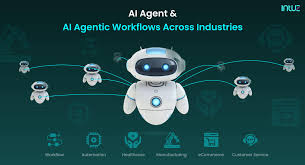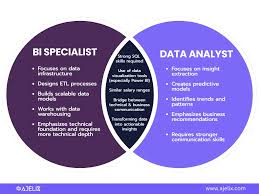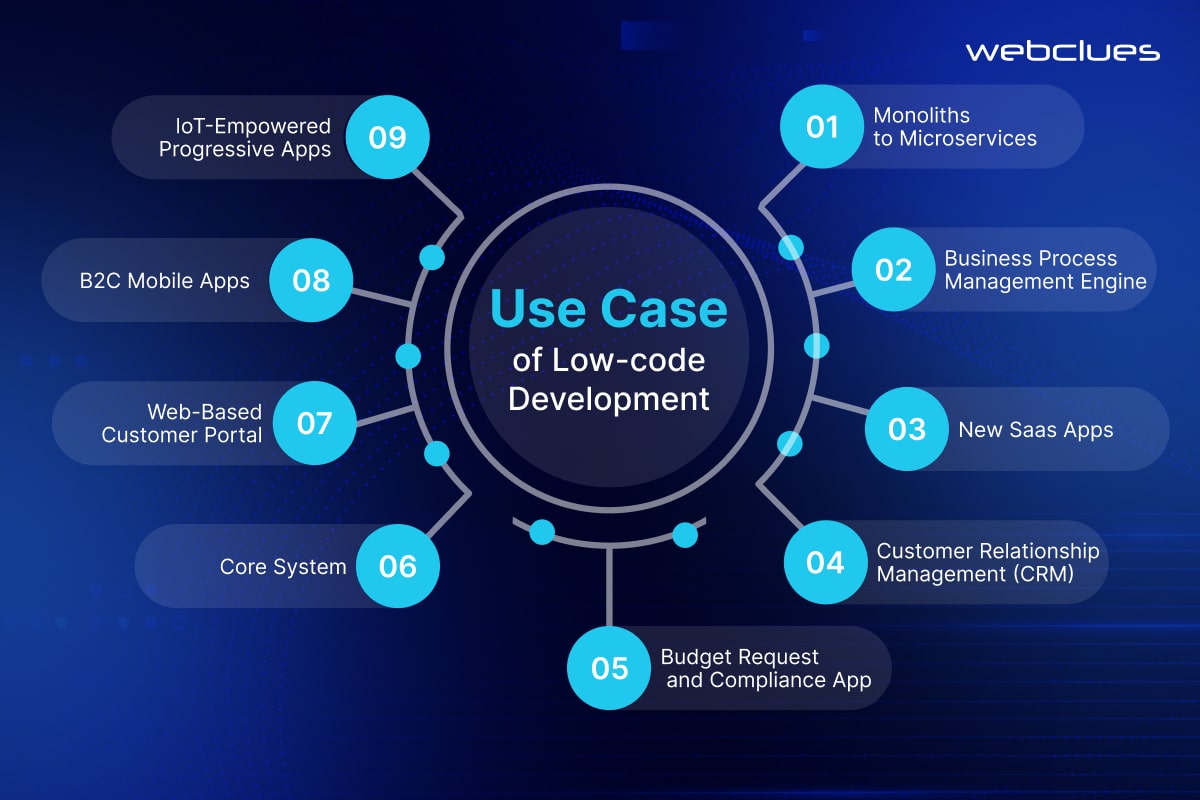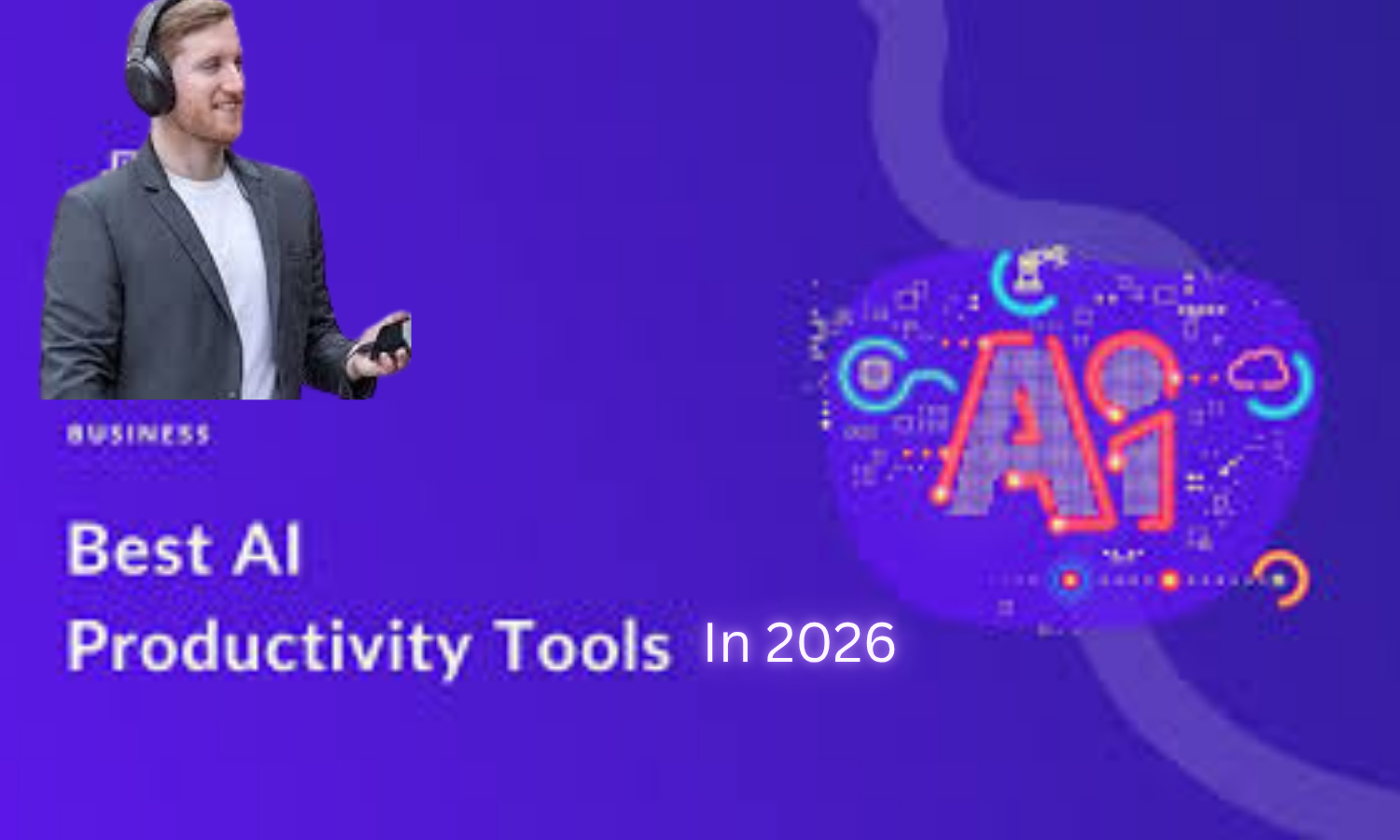Table of contents:
Agentic AI and Autonomous Workflow Systems
AI-Native Content and Multimodal Creation Platforms
Conversational Business Intelligence (BI) and Data Analysis
AI-Enhanced Low-Code/No-Code (LCNC) Development,
Human-AI Collaboration and Unified Communication Tools
Future Outlook: The Autonomous Workplace
Introduction
The 2026 business environment is undergoing significant changes due to the implementation of artificial intelligence, which is no longer limited to mere automation but has evolved into an era of intelligent, self-sufficient productivity. These newly developed instruments are not simply ‘assistants,’ but rather co-creators and decision-makers that, through their involvement, considerably raise the level of an organization’s efficiency and open up new possibilities for every sector.
These tools are key areas of AI productivity that are expected to have the greatest significance for the industry’s evolution in 2026.
🤖 1. Agentic AI and Autonomous Workflow Systems

The most radical change is the shift from task-based to role-based AI. Agentic AI—autonomous systems that can reason, plan, and execute multi-step objectives in various applications without human intervention—will be the main source of productivity increases.
Functionality: These agents are capable of managing complex workflows from start to finish without any human intervention. For instance, an AI agent that fully manages a digital marketing campaign (from research and drafting to A/B testing and budget adjustment) or a procurement agent that independently negotiates vendor contracts.
Industry Impact: The trend is moving towards the concept of hyperautomation, which means the real-time optimization of operations through AI integration with Robotic Process Automation (RPA) and data analytics. Some of the sectors where we can expect to see the most considerable changes are finance (automated compliance and fraud detection), supply chain (predictive logistics and inventory management), and customer service (end-to-end ticket resolution by virtual agents).
Key Tool Trend: Enterprise software vendors are adopting Model Context Protocol (MCP) servers to facilitate secure, cross-platform agent collaboration, which enables different AI agents to communicate and coordinate effectively
✍️ 2. AI-Native Content and Multimodal Creation Platforms

Generative AI is developing from a mere novelty into a powerful engine of creativity for enterprises. The focus is on platforms that can interact with different data types—text, image, video, and code—simultaneously from a single prompt, thereby maintaining brand consistency and streamlining the content’s creation.
Functionality: With these multimodal instruments, a single user can create the whole product launch promotional materials—drafts for the blog, captions for social media, scripts for short videos, and the corresponding imagery—merely from one brief. Moreover, they are transitioning to Generative AI 2.0, where the models are optimized with proprietary, domain-specific data for better precision and compliance.
Industry Impact: Marketing and advertising can be massively personalized and scaled to the point where there is no precedent. Media and entertainment will use AI to accelerate activities such as post-production, editing, and content localization. On the other hand, IT and Development are immensely benefited by AI-assisted code generation (e.g., tools like Copilot), whereby the time spent on scaffolding and testing is drastically reduced.
Key Tool Trend: The rise of fully integrated platforms for design and video workflows (e.g., the use of AI to change the camera angles or lighting in a created video) instead of separate applications.
📊 3. Conversational Business Intelligence (BI) and Data Analysis

Massive and complex datasets that require breaking down for strategic decision-making are being handled by an AI that turns data analysis into a conversational process, thus simplifying the whole process.
Functionality: Rather than mastering complex query languages or venturing through dashboards, business users can simply pose the system a question in their natural language (e.g., “What was the year-over-year revenue change for our European market last quarter, and which product drove the most growth?”). The AI reviews the information, formulates the query, and gives a simple, concise, and actionable insight.
Industry Impact: The Management and Strategy divisions can utilize predictive models and real-time trends as needed to eliminate the need for a data analyst.
Financial services implement such instruments for speedy financial forecasting and risk evaluation. This data democratization is the power behind every knowledge worker.
Key Tool Trend: The incorporation of tools such as ThoughtSpot, Sage, and Power BI with Copilot, thereby making predictive analytics and identifying trends an everyday feature of BI platforms.
🛠️ 4. AI-Enhanced Low-Code/No-Code (LCNC) Development

As a result of AI acting as a mediator between a concept and its implementation, business users who are not technically skilled have been given the power to make their own personalized work efficiency tools.
Functionality: AI-empowered LCNC platforms give users the ability to develop applications, streamline internal workflows, and make their own AI assistants with just a description of their intention. Testing, scaffolding, and optimizing are all handled by the AI. The departments, which have been longing for IT support, now see a rapid inflow of new ideas as a result of this quick prototyping.
Industry Impact: By utilizing the internal tools pipeline, companies can significantly reduce the time required to introduce customer-facing features in the market.
By operations and HR teams quickly building and launching their own solutions for challenging scheduling, onboarding, or reporting tasks, the trickle-down effect is significant resource optimization.
Key Tool Trend: The popularity surge of AI-native development platforms, which is chiefly due to their being specifically built around generative AI, thus allowing a forward-deployed engineer to collaborate with a domain expert rapidly
🤝 5. Human-AI Collaboration and Unified Communication Tools
AI is integrating very smoothly with the tools that teams are already utilizing—CRM, ERP, and collaboration suites—and as a result, these tools are not merely the facilitators of information but intelligence’s partners.’
Functionality: AI collaboration tools will transition from merely recording what happens in a meeting to being actively engaged in the conversation by performing tasks such as summarizing lengthy email threads, automatically creating follow-up actions, and proposing expert team members suitable for a specific task. Moreover, they will integrate agentic features into platforms such as Slack and Microsoft Teams to autonomously handle team tasks and resources.
Industry Impact: The most obvious effect of this is an increase in employee engagement and productivity, which are elevated to higher levels after administrative tasks are streamlined. AI technology integrated into CRM systems for sales and customer experience can simultaneously draft personalized communications with clients and prioritize high-value leads.
Key Tool Trend: AI-crafted employee experience that is ‘connected’ and, thus, able to lessen the fragmentation issue, which is caused by too many applications, by being a unified layer that links actions and information across all enterprise software.
🔮 Future Outlook: The Autonomous Workplace
As a result of the companies’ choices in 2026, the question of whether AI should be adopted is no longer the discussion; rather, it is how deeply these autonomous tools are integrated. The largest competitive edge will be held by companies that most effectively oversee and coordinate multi-agent systems, thus enabling humans to concentrate almost entirely on strategy, creativity, and customer relationships. The AI productivity landscape is not only about achieving greater speed but also about a complete redesign of the contemporary business operating model.


Leave a Reply